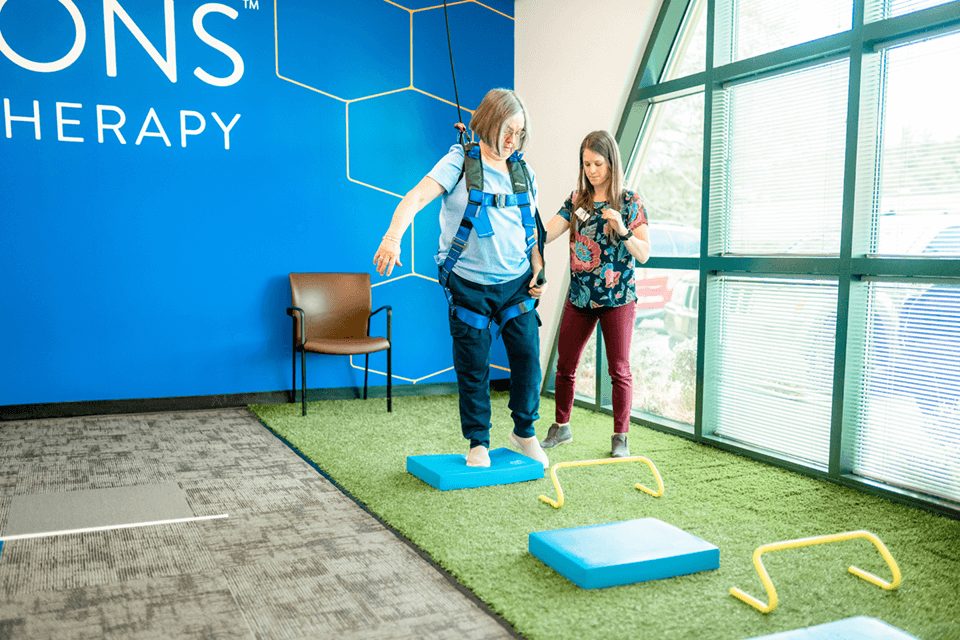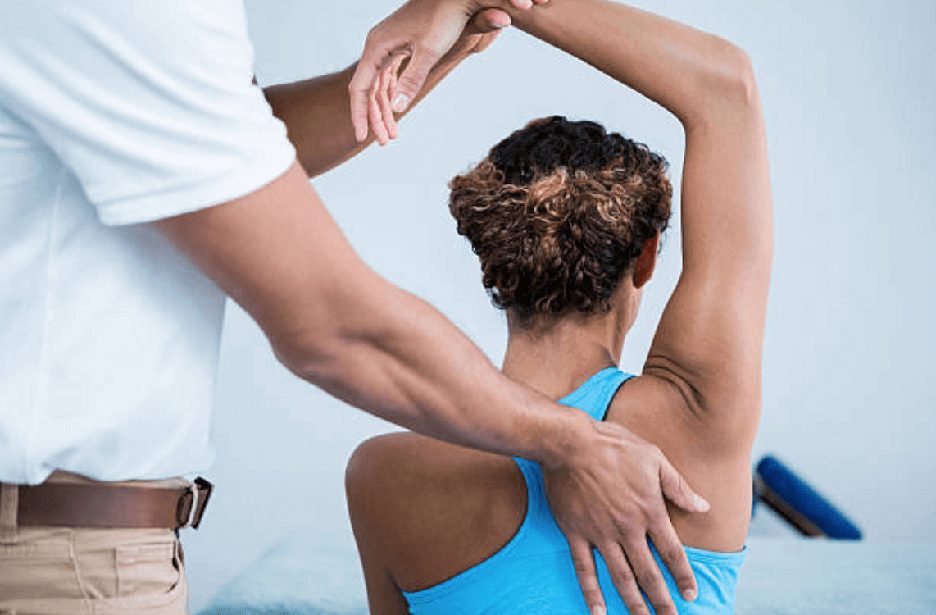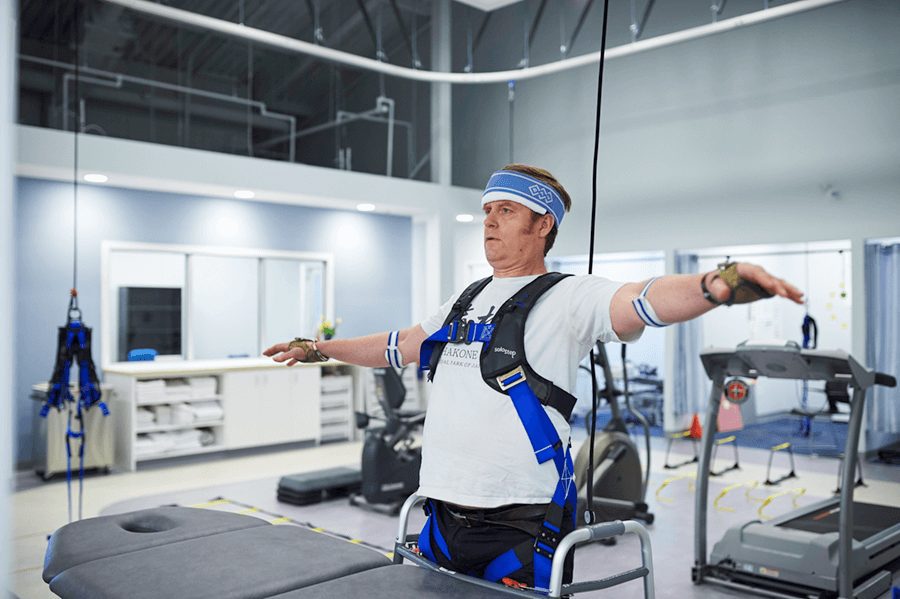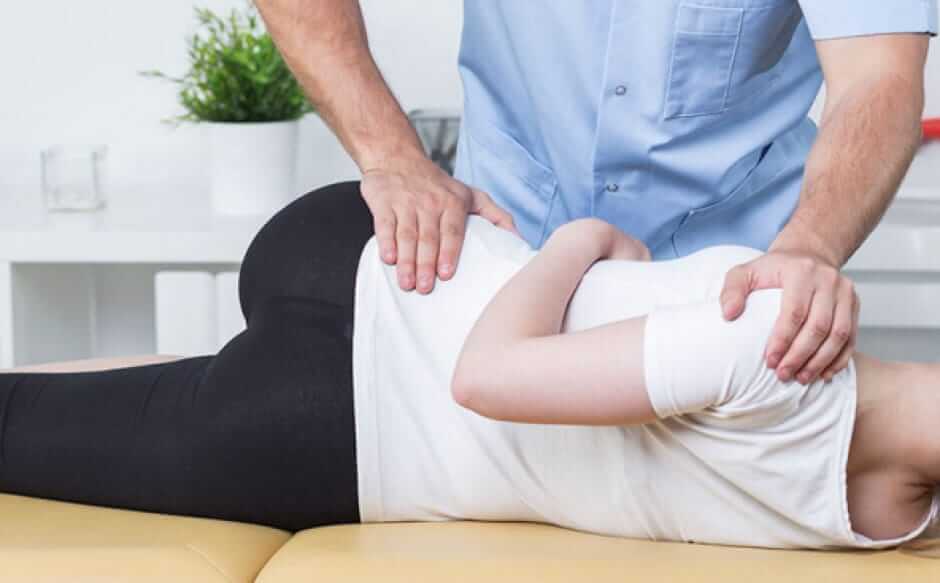5 Effective Physical Therapy Techniques Used in Skilled Nursing Rehab

Skilled nursing rehab is essential for older patients who have undergone surgery, experienced an injury, or have a chronic medical condition. Restoring a patient’s physical abilities to their fullest potential is one of the main goals of skilled nursing rehab. Physical therapy plays a major role in achieving this goal. In this blog, we will discuss six commonly used physical therapy techniques for skilled nursing rehab.
Range of Motion Exercises

Range of motion exercises focus on improving the flexibility and mobility of the body’s joints. They can be very beneficial for patients who have been immobilized due to injury or surgery. Some range of motion exercises include:
- Shoulder Circles: patients sit or stand with their arms relaxed at their sides. Slowly, they move their shoulders in a circular motion, first in a forward motion and then backward.
- Knee Bends: Patients sit in a chair and straighten their legs in front of them. Slowly, they bend their knees and bring their feet closer to the chair. The patient should aim to touch their heels to the floor.
- Ankle Rotations: Patients should sit in a chair and raise their feet off the floor. Slowly, have them rotate their ankles in a circular motion, first in a clockwise motion and then counterclockwise.
- Neck Stretches: Have the patient sit with their back straight and slowly tilt their head to the left, holding the stretch for a few seconds. Repeat the stretch on the right side.
- Hip Flexor Stretches: The patient should stand with their feet shoulder-width apart and place their hands on their hips. They should step forward with their left foot, bending their left knee while keeping their right foot in place. The patient will feel a stretch in their hip and thigh. Have your patient hold the stretch for a few seconds and then repeat on the other side.
Range of motion exercises are essential for patients undergoing skilled nursing rehab. These exercises may help improve joint mobility and flexibility, allowing your patients to regain their range of motion. As a skilled physical therapist, you can customize your patients exercise program to meet the needs of each patient.
Strengthening Exercises

Strengthening exercises can increase your patient’s muscle strength and endurance. The goal of strengthening exercises is to improve your patients ability to perform daily tasks and prevent further injury. Some strengthening exercises for use during nursing rehabilitation include:
- Wall Push-Ups: Wall push-ups can help strengthen your patients chest, shoulders, and arms. Have your patient stand facing a wall with their feet shoulder-width apart. They should place their hands on the wall at shoulder height and push their body forward towards the wall.
- Chair Squats: Chair squats are an excellent way to strengthen legs and glutes. Have your patient sit in a chair with their feet flat on the floor. Then, they stand up from the chair, using their legs and glutes to lift themselves up. They should aim to keep their back straight and their knees behind their toes.
- Arm Curls: Arm curls are a great way to strengthen your patient’s biceps. Your patient should sit in a chair with a dumbbell in each hand. Slowly, they should lift the dumbbells towards their shoulders, bending at the elbow. Aim to keep their back straight and elbows close to their body.
- Leg Raises: Leg raises strengthen hip flexors and abdominal muscles. Patients should lie on their back with their legs straight. Slowly, they should raise one leg towards the ceiling, keeping their core engaged. Aim to keep their lower back flat on the floor and their toes pointed towards the ceiling.
- Toe Raises: Toe raises can help strengthen legs and calf muscles. Your patient should stand with their feet shoulder-width apart and raise their heels off the floor, balancing on the balls of their feet.
Many skilled nursing patients can benefit from strengthening exercises. As a skilled nursing therapist, it is important to design a customized exercise program to meet the individual needs of each patient!
Balance & Coordination Exercises

The following exercises can help your skilled nursing patients regain balance and stability, reducing the risk of falls and improving overall coordination:
- Standing on One Leg: Your patient should stand with their feet shoulder-width apart and raise one foot off the floor. They should try to hold the position for a few seconds before lowering their foot down. To increase the difficulty, patients can try this exercise with their eyes closed.
- Walking Heel to Toe: Have your patient stand with their heel of one foot touching the toe of the other foot. The patient should take a step forward, placing the heel of the other foot against the toe of the first foot. They should aim to keep their coordination and balance as they walk in a straight line.
- Standing Side Leg Raises: To perform standing side leg raises, your patient should stand with their feet shoulder-width apart and raise one leg to the side. They should try to hold the position for a few seconds before lowering their leg down. To increase the difficulty, add ankle weights.
- Yoga Poses: Some yoga poses that are beneficial for skilled nursing rehab include the tree pose, the warrior pose, and the eagle pose. These poses are useful to challenge patients to balance on one leg while moving their arms and legs in various positions.
- Sit-to-Stand: The sit-to-stand exercise improves balance and lower body strength. Patients should sit on a chair with their feet flat on the ground and then rise to a standing position without using their hands. They should sit back down, controlling their movement and keeping their balance throughout the exercise.
With any exercise or strength training program, it is important for skilled nursing patients to work with a qualified physical therapist to ensure that exercises are safe and to prevent falls and injuries from occurring. If you’re a physical therapist that would like to ensure your patients’ safety, consider the Solo-Step Safety Overhead Track and Harness System.
Manual Therapy

Manual therapy is a hands-on technique used to manipulate the body’s muscles and joints. Manual therapy is commonly used to relieve pain, increase the range of motion, and improve mobility. It includes:
- Soft Tissue Mobilization: A hands-on therapy technique that manipulates the soft tissues of the body, such as muscles, tendons, and ligaments. It helps improve blood flow, reduce pain and inflammation, and improve range of motion.
- Joint Mobilization: Joint mobilization uses hands-on pressure to the joints of the body, such as the spine, hips, and knees. It can help improve joint mobility, reduce pain, and improve overall function.
- Myofascial Release: A manual therapy technique that involves using gentle pressure and movement to release tension in the fascia, a type of connective tissue that surrounds the muscles and other structures in the body. This therapy helps improve range of motion, reduce pain and stiffness, and improve overall function.
- Trigger Point Therapy: This therapy technique reduces pain and allows the tight point of muscle to soften and relax.
- Manual Traction: Manual traction helps relieve pressure on the joints and nerves, reducing pain and stiffness to improve overall function.
Gait Training

Gait training is used to improve the patient’s manner of walking. There are many exercises designed to improve a patient’s gait pattern, balance and coordination. Some exercises include:
- Treadmill training: Walking on a motorized treadmill while being supported by a harness can help patients practice their walking technique in a controlled environment and gradually increase their speed and endurance.
- Stair Climbing: Walking up and down a set of stairs while holding onto the railing for support can help patients improve their balance and coordination. It can also help build lower body strength!
- Balance Training: Balance training exercises, such as standing on one leg or performing heel-to-toe walking can help patients improve their balance and reduce the risk of falls while walking
- Functional Activities: Walking up and down curbs or around obstacles can help patients practice their walking technique in real-world scenarios and improve their overall gait mechanics and confidence.
Physical therapy plays a crucial role in skilled nursing rehabilitation. These techniques can help your patients continue to improve their strength, balance, coordination and range of motion. It is important to tailor the treatment plan to each individual patient for maximum effectiveness. As a reminder, safety should be your number 1 priority when treating a patient. For more information on the Solo-Step Safety Overhead Track and Harness System, click the button below!